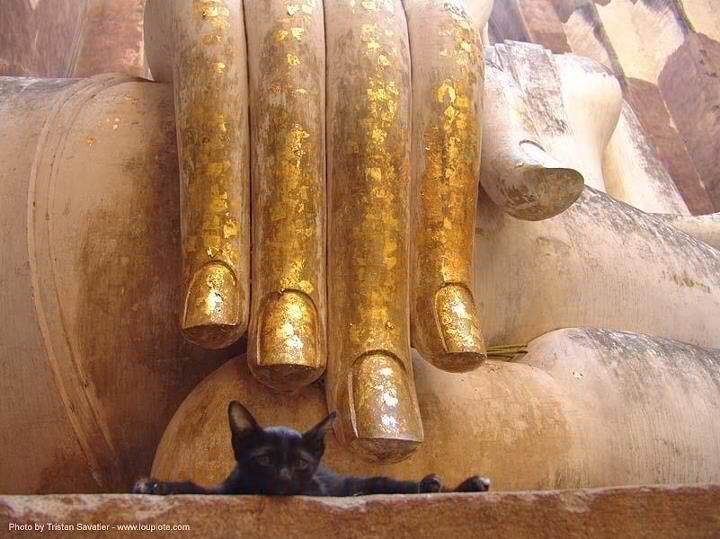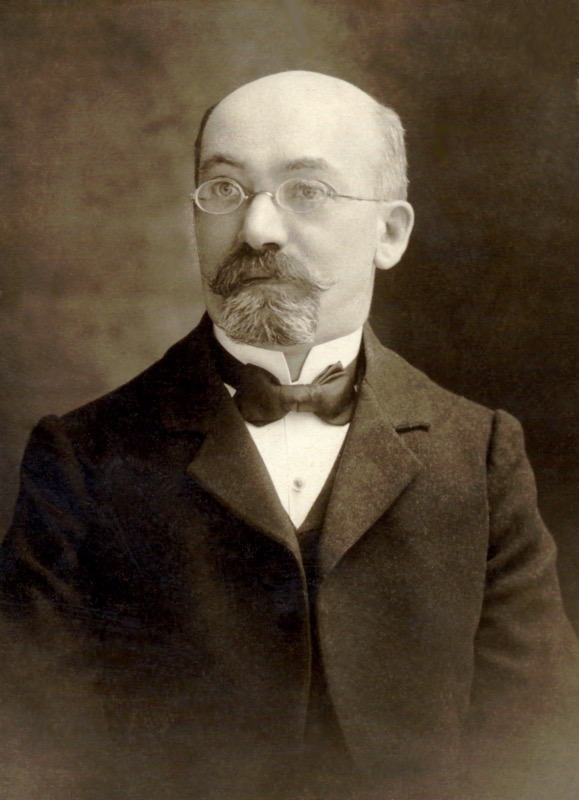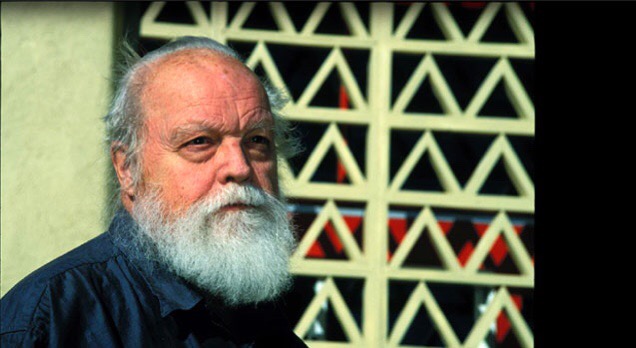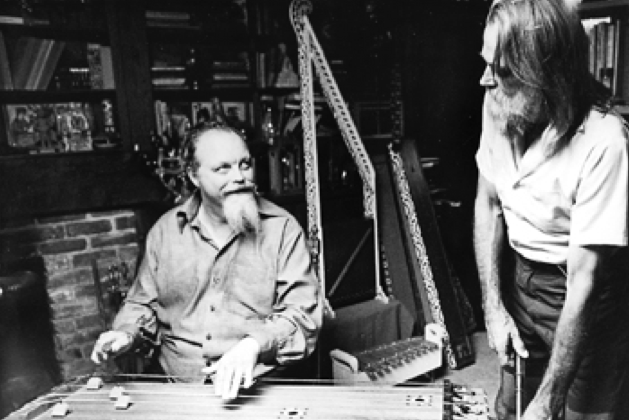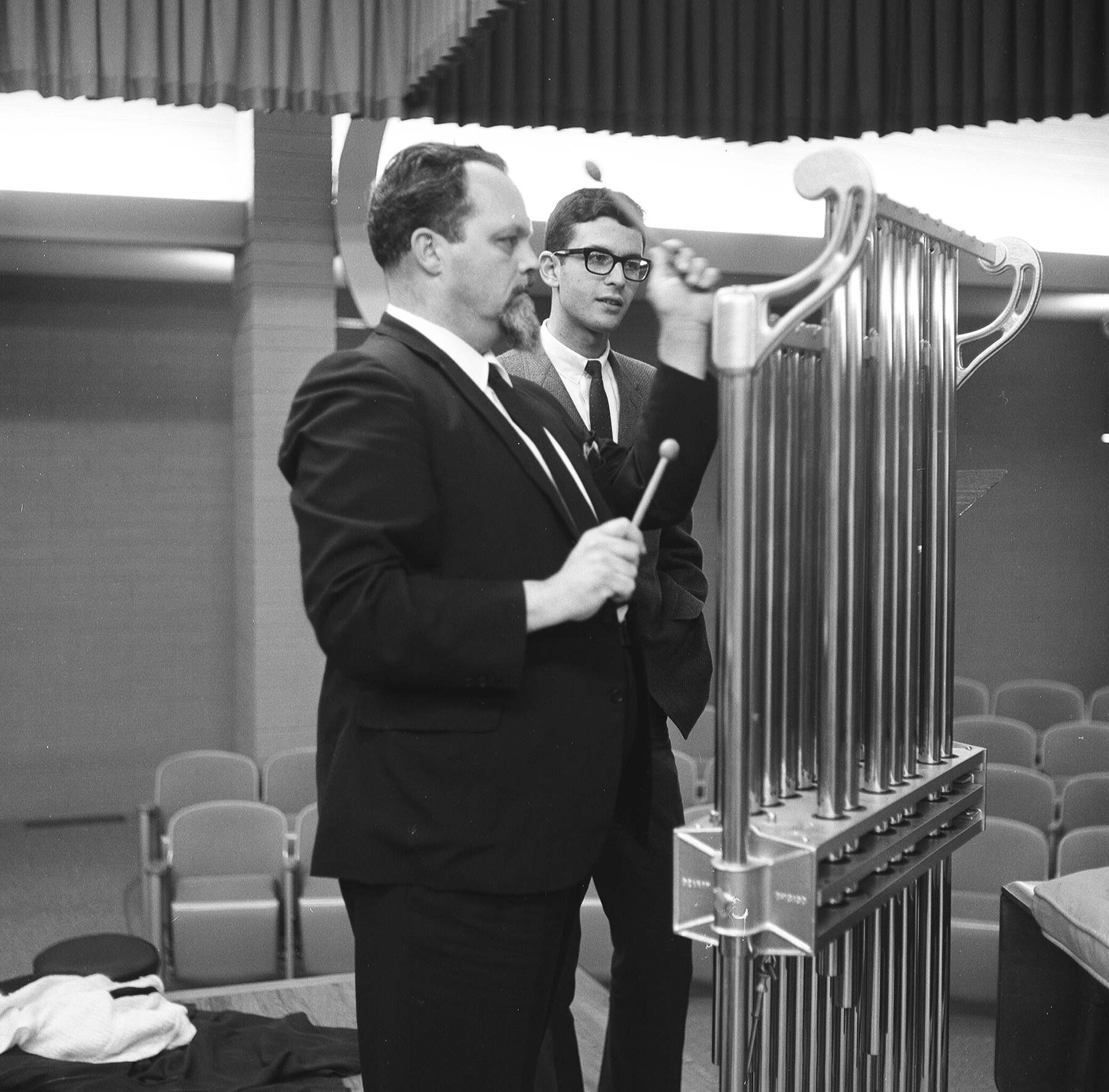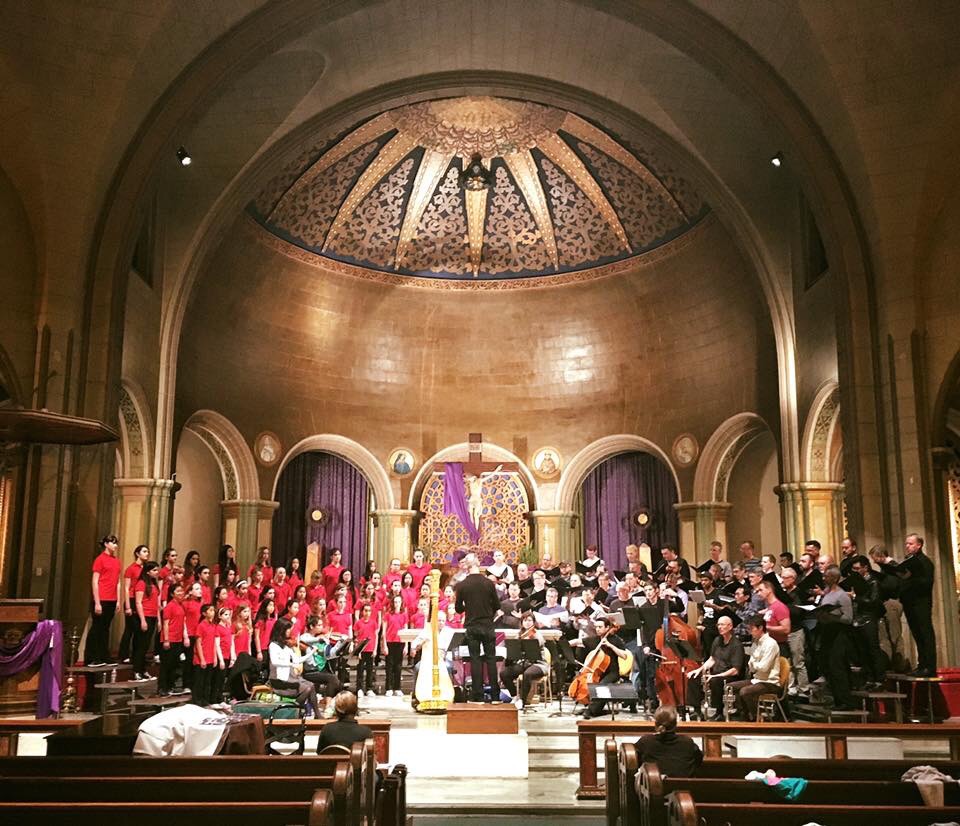
NB, I have made corrections on errors very publicly posted on the composer’s website. The changes are factual corrections and copyright citations. My blog is intended to provide the perspective of an avid listener and to promote music which I believe deserves attention and I believe I have done that. I’m always happy to correct errors of fact but I retain the right to my opinion. To be clear, I like the album very much.
I hope that my flippant title for this review does not offend. But an artist who creates new acoustic instruments of unusual tunings which he plays and for which he has written music sounds a lot like spiritual progeny to Harry Partch. Partch had no children and even if he did it is unlikely they would have followed in his footsteps. Strictly speaking, Cris Forster may be more like “nephew of Partch” given that he is following his own distinct trajectory and is doing so in a very different time. But he embodies the ethic and has made it his life’s work to compose in non-standard tunings and to create instruments capable of playing those tunes accurately and effectively. Forster is, in a metaphorical sense, a sort of spiritual progeny, one that would have made daddy proud.

Cris Forster (1948- ) was born in Brazil, became a US citizen in 1966, and earned a degree in history from UC Santa Cruz in 1970. After graduating in 1974 from Lone Mountain College (now the University of San Francisco) with a degree in piano performance, he began building his own instruments in 1975 and, in 1976 (two years after Partch died), he began a four year stint as curator, archivist, and performer for the Harry Partch Foundation. While there he maintained the original Partch instruments, created what I’m calling “Post Partch” instruments, and subsequently performing both Partch’s music and his own compositions. In 2000 he published “Musical Mathematics”, a comprehensive accounting of his researches.


It is fairly easy to write about Forster, his book, his CD. But it is extremely difficult to communicate meaningfully about the sound of his music and how these beautiful but odd looking instruments are played. To that end I will provide a few YouTube links so that readers can experience the music itself: “A child said What is the grass” (1986); “Blue Nights” (2013). These are from Forster’s YouTube channel where you can see/hear more. Don’t worry about the unusual tuning. After a few listens (at least for this listener) one begins to hear it as the beautiful music that it is, a worthy successor to the Partch legacy.
There are eleven tracks featuring selections from two large works, Song of Myself: Intoned Poems of Walt Whitman (1977) written for Chrysalis I, Harmonic/Melodic Canon, and Voice; and Ellis Island/Angel Island (1978-2023) for a larger ensemble but without voice consisting of four groups of instruments: Stringed instruments: Chrysalis I, Chrysalis II, Harmonic/Melodic Canon, Bass Canon, and Just Keys; percussion instruments: Diamond Marimba I, Diamond Marimba II, and Bass Marimba; friction instrument: Glassdance; and wind instruments: Simple Flutes. And the informative liner notes are by Heidi Forster who also plays in the ensemble.
1. Song of Myself: Intoned Poems of Walt Whitman
Song of Myself (Excerpts): No. 2, “A Child Said What Is the Grass?” Cris Forster: voice, Chrysalis I
2. Ellis Island/Angel Island (Excerpts): X. Blue Nights David Boyden, Heidi Forster, Isabelle Jotterand, Benjamin Koscielak playing Glassdance, Just Keys, Bass Canon, and Bass Marimba
3. Ellis Island/Angel Island (Excerpts): IX. Dream Time Jacob Richards playing Diamond Marimba II
4. Song of Myself (Excerpts): No. 10, “The Past and Present Wilt – I Have Fill’d Them, Emptied Them” Voice and Harmonic/Melodic Canon played by David Boyden
5. Song of Myself (Excerpts): No. 11, “The Spotted Hawk Swoops by and Accuses Me, He Complains of My Gab and My Loitering Voice and Harmonic/Melodic Canon played by David Boyden
6. Ellis Island/Angel Island (Excerpts): “I. Good-Bye” Just Keys played by Isabelle Jotterand
7. Ellis Island/Angel Island (Excerpts): “II. Farewell” Just Keys played by Isabelle Jotterand
8. Ellis Island/Angel Island (Excerpts): “III. Far Away” Just Keys played by Cris Forster
9. Ellis Island/Angel Island (Excerpts): “VII. Lullaby” Glassdance played by Heidi Forster
10. Ellis Island/Angel Island (Excerpts): XI. Wild Flower Cris Forster and Benjamin Koscielak playing Diamond Marimba II and Bass Marimba
11. Ellis Island/Angel Island (Excerpts): “IV. The Harbor” Heidi Forster, Benjamin Koscielak, and Jacob Richards playing Glassdance, Bass Marimba, and Diamond Marimba II
The tuning sounds unusual at first but it grows on the listener. Happily there are plans to release the rest of the Whitman settings. Meanwhile we have this lovely release produced by John Schneider and Heidi Forster (with Cris Foster doing the recording and Scott Fraser the mastering) to listen to while we wait.
